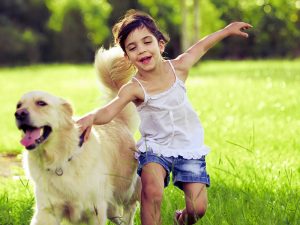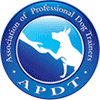Cool Activities for Hot Days
With toxic blue-green algae growing in many of our favorite doggy swimming holes like Washoe Lake and smaller pools around Lake Tahoe, avoiding standing water this summer is probably a good plan. But, what are you supposed to do to entertain and tire out your dog if it’s too dang hot to play outside?
- Teach a new trick. Ideas: shake, roll over, speak, spin, or high five – there are lots of tutorials on YouTube.
- Feed a meal in an interactive puzzle toy. We like the Kong Wobb
 ler, Buster Cube, Kibble Nibble, or Bob-a-Lot for their durability, rattling sounds, and unpredictable movement.
ler, Buster Cube, Kibble Nibble, or Bob-a-Lot for their durability, rattling sounds, and unpredictable movement.
- Build a homemade mini agility course in the backyard using hula-hoops, kids’ play tunnels, mini pools, poles, and whatever else you can think of. Kids love this one, too – help the kiddos lure your dog through the various obstacles. Fastest lurer to do the whole course wins!
- Scavenger Hunt: Leave your dog inside while you hide kibble or treats around your back yard. Remember where you left it – you may need to help your dog find it in the beginning.
- Puppy Ping Pong. One person restrains the dog while another person calls the dog and rewards them with a treat or a toy when they arrive. Now switch!
- Hide and Seek (another kid-friendly favorite!). Have one person restrain your dog while you hide from them. Make noises until they find you and reward with something yummy! If your dog has a reliable down or sit stay, you only need one person for this game.
- Bobbing for Apples. Fill a kiddy pool in your yard with a few inches of water, and toss some apple pieces in there. Watch your dog learn the new skill of fishing them out! (Not an apple fan? try freeze-dried meat treats, or any treat that floats.)
- On again / Off again. Lure your dog onto a mat or their bed with a treat, and reward once all four feet are on it. Ask for a sit or down stay. Release your dog with a verbal cue and then throw a treat away from the mat. Repeat. How fast can you get your dog to go to their mat?









